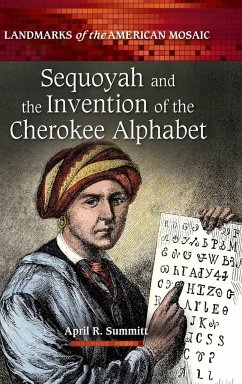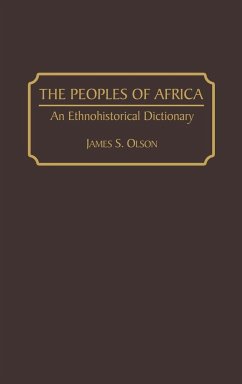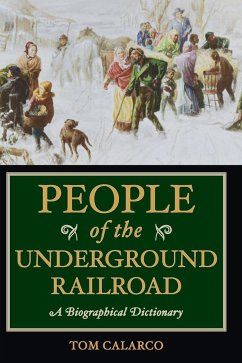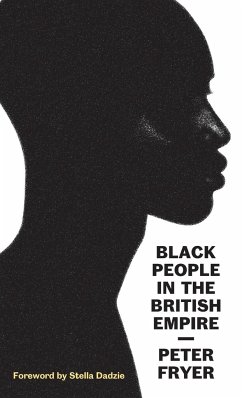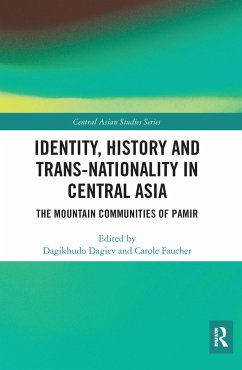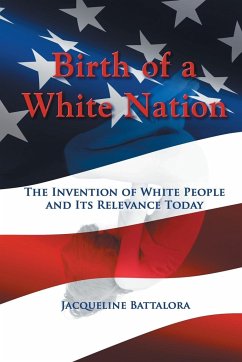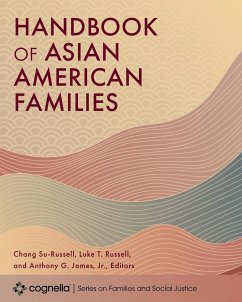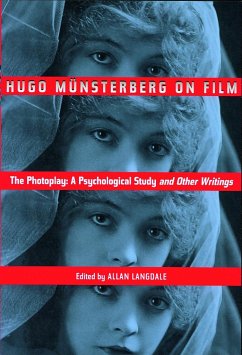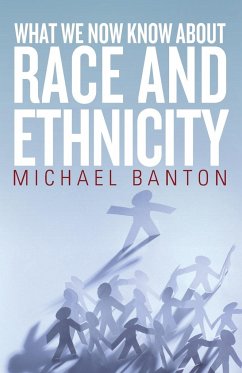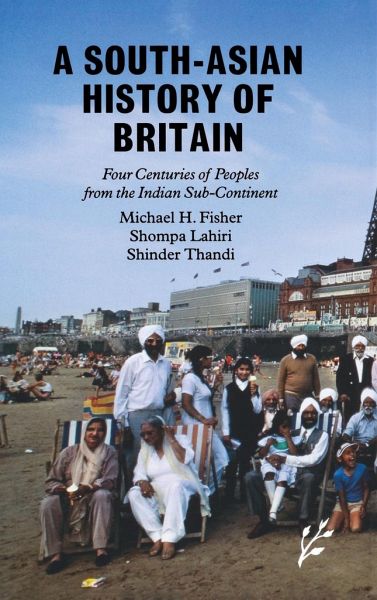
A South-Asian History of Britain
Four Centuries of Peoples from the Indian Sub-Continent
Versandkostenfrei!
Versandfertig in 1-2 Wochen
58,99 €
inkl. MwSt.

PAYBACK Punkte
29 °P sammeln!
People from India have been coming to Britain - risking their lives in voyages across the 'Kala Pani' (Black waters) - since the beginning of the seventeenth century. Their story has both grand historical sweep and the intimate drama of individual lives. They came as sailors, servants, wives, merchants, ambassadors and scholars, sometimes for betterment or profit, sometimes for adventure, and sometimes for justice. Occasionally, they became famous, like the Bengali Muslim calling himself 'John Morgan', a renowned animal trainer, or Sake Dean Mahomed (1759-1851), 'shampooing surgeon' to the Roy...
People from India have been coming to Britain - risking their lives in voyages across the 'Kala Pani' (Black waters) - since the beginning of the seventeenth century. Their story has both grand historical sweep and the intimate drama of individual lives. They came as sailors, servants, wives, merchants, ambassadors and scholars, sometimes for betterment or profit, sometimes for adventure, and sometimes for justice. Occasionally, they became famous, like the Bengali Muslim calling himself 'John Morgan', a renowned animal trainer, or Sake Dean Mahomed (1759-1851), 'shampooing surgeon' to the Royal Family. Often they remained anonymous. After the 'Indian Mutiny' of 1857, the South Asian presence in Britain, more visible than before, was also more sharply defined. 'Brown Victorians', now to be found in the docks and factories, universities and theatres, law courts and hospitals - and eventually Parliament - played an increasingly important role in British life. Through two world wars and the independence of India (and Pakistan), their importance grew further. From the 1950s, increased immigration swelled the numbers of South Asians in Britain, who experienced both racism and economic hardship as they strove to express their entrepreneurial spirit and assert their religious identity. More recently still, growing radicalism among British-Asian youth has led to new interest in the South-Asian community, its spirit, heritage and achievements. The narrative is chronologically structured, beginning in 1600 and coming up to the present day. After an introduction outlining the major themes and setting them in context, eight chapters examine key periods in detail: 1) 'Earliest Asian Visitors and Settlers during the Pre-colonial Period, c. 1600-1750s', 2) 'Asian Arrivals during Early Colonialism, 1750s-1790s', 3) 'Widening and Deepening of the South Asian Presence in Britain, 1790s-1830s', 4) 'South Asian Settlers and Transient Networks and Communities in Britain, 1830s-1857' (all Michael Fisher), 5) 'Brown Victorians, 1857-1901', 6) 'From Empire to Decolonisation, 1901-1947' (Shompa Lahiri), 7) 'Migrating to the Mother Country: South Asian Settlement and the Post-war boom 1947-80' and 8) 'Riding the storm of Thatcherism and Re-inventing Lives and Aspirations' (Shinder Thandi).





